Causes high body temperature. High Temperature Causes and Treatments: Understanding Fever Symptoms and Management
What are the common causes of high body temperature. How to recognize fever symptoms. When should you seek medical attention for a fever. What are effective treatments for reducing fever.
Understanding Fever: Definition and Normal Body Temperature Range
A fever occurs when body temperature rises above the normal range. While individual baselines may vary slightly, the typical range for normal body temperature falls between 97°F and 99°F (36.1°C to 37.2°C). Generally, a temperature of 100.4°F (38°C) or higher is considered a fever.
The hypothalamus, a region in the brain, acts as the body’s thermostat. During an infection or illness, it may reset the body to a higher temperature as part of the immune response. This elevation in body temperature is a sign that the body is actively fighting off a potential threat.
When is a fever considered dangerous?
While fevers are usually not dangerous on their own, certain situations warrant medical attention:

- An adult with a temperature of 103°F (39.4°C) or higher
- An infant under 3 months with a rectal temperature of 100.4°F (38°C) or higher
- A child between 3-24 months with a fever above 102°F (38.9°C) lasting more than a day
- Any fever accompanied by severe symptoms like stiff neck, persistent vomiting, or seizures
- A temperature over 104°F (40°C) in a child, which could lead to febrile seizures
- Fever that doesn’t respond to over-the-counter medications
Recognizing Fever Symptoms: Beyond Elevated Temperature
While an elevated body temperature is the primary indicator of a fever, it often comes with additional symptoms that can help identify its presence:
- Chills and shivering
- Excessive sweating
- Headache
- General weakness
- Irritability
- Loss of appetite
- Dehydration
These symptoms may vary in intensity depending on the underlying cause and the severity of the fever. It’s important to monitor these additional signs, as they can provide valuable information about the progression of the illness and help determine when medical intervention might be necessary.
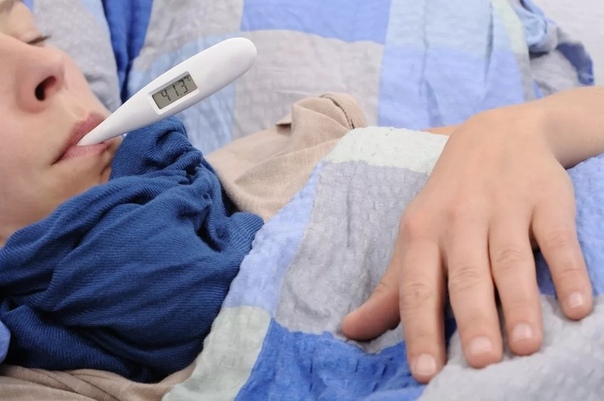
How does fever affect different age groups?
The impact and management of fever can differ across age groups:
- Infants: More susceptible to rapid temperature changes and at higher risk of complications
- Children: May experience febrile seizures, though these are generally harmless
- Adults: Usually better equipped to handle fever, but prolonged high temperatures can be concerning
- Elderly: May have a diminished fever response, making detection more challenging
Common Causes of Fever: From Infections to Underlying Conditions
Fevers can arise from various sources, with infections being the most common trigger. However, several other factors can lead to an elevated body temperature:
Infectious causes:
- Viral infections (common cold, flu, COVID-19)
- Bacterial infections (strep throat, urinary tract infections)
- Parasitic infections (malaria)
- Fungal infections
Non-infectious causes:
- Autoimmune disorders (lupus, rheumatoid arthritis)
- Certain medications
- Vaccines and immunizations
- Heat exhaustion or sunburn
- Hormonal imbalances (hyperthyroidism)
- Some cancers
- Blood clots
- Substance abuse (amphetamines, cocaine)
Understanding the underlying cause of a fever is crucial for proper treatment and management. While many fevers resolve on their own as the body fights off infections, persistent or high-grade fevers may require medical intervention to address the root cause.
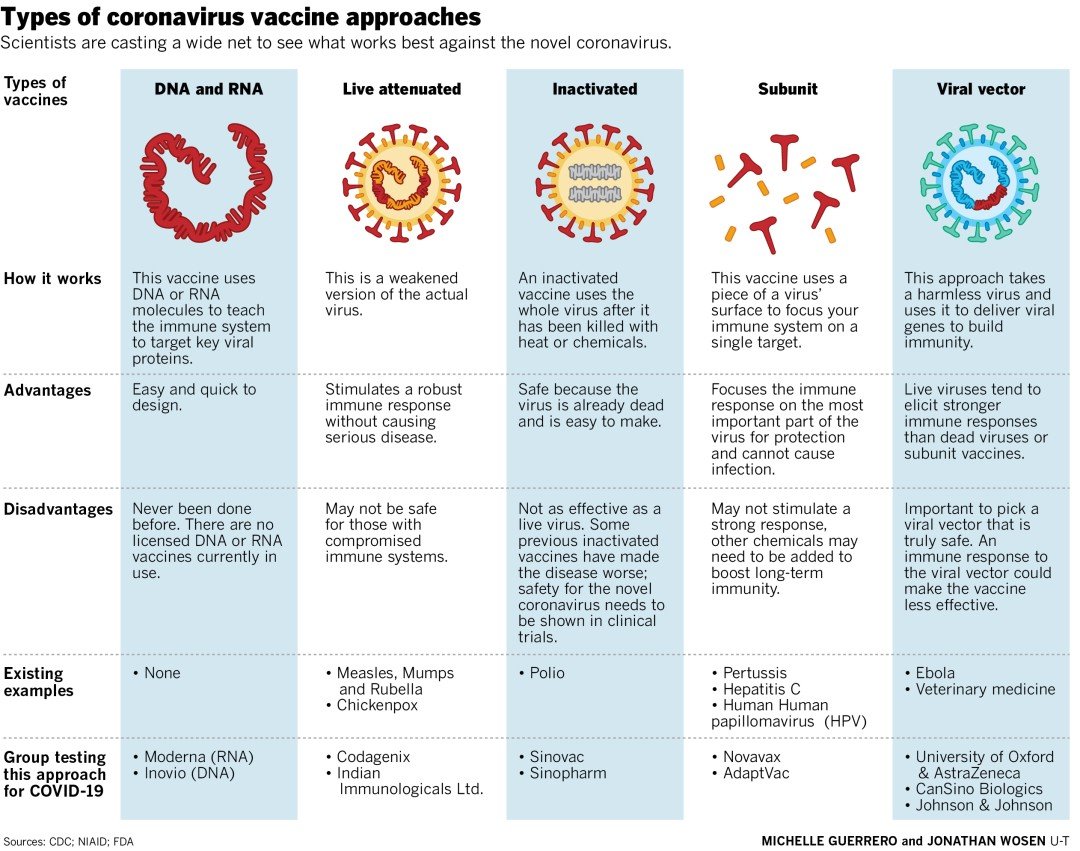
Diagnosing the Cause of Fever: Medical Evaluation and Tests
Identifying the cause of a fever can be challenging, as numerous conditions can lead to elevated body temperature. When diagnosing a fever, healthcare professionals typically follow a comprehensive approach:
Physical examination:
A thorough physical exam can reveal signs of infection or other underlying conditions. Doctors may check for:
- Rashes or skin abnormalities
- Swollen lymph nodes
- Respiratory symptoms
- Abdominal tenderness
- Neurological signs
Medical history:
Your doctor will inquire about:
- Recent illnesses or infections
- Travel history
- Medication use
- Vaccination status
- Exposure to infectious diseases, including COVID-19
Laboratory tests:
Depending on the suspected cause, various tests may be ordered:
- Complete blood count (CBC) to check for infections or blood disorders
- Blood cultures to identify bacterial infections
- Urinalysis to detect urinary tract infections
- Chest X-ray for respiratory infections
- Specific tests for suspected conditions (e.g., malaria smear, Lyme disease antibody test)
What is a fever of unknown origin?
In some cases, despite extensive testing, the cause of a fever remains elusive. This is known as a fever of unknown origin (FUO). FUO is typically defined as a fever lasting more than three weeks with no apparent cause after initial evaluation. Possible causes of FUO include:

- Occult infections
- Autoimmune disorders
- Malignancies
- Rare diseases
Diagnosing FUO often requires additional specialized tests and may involve consultation with multiple specialists to uncover the underlying cause.
Fever Treatments: Managing Symptoms and Addressing Underlying Causes
The treatment of fever typically focuses on two main aspects: reducing discomfort associated with elevated body temperature and addressing the underlying cause. The approach to fever management can vary depending on factors such as age, overall health, and the severity of symptoms.
Over-the-counter medications:
Common antipyretic (fever-reducing) medications include:
- Acetaminophen (Tylenol)
- Ibuprofen (Advil, Motrin)
- Naproxen (Aleve)
It’s important to note that aspirin should be avoided in children and teenagers due to the risk of Reye’s syndrome, a rare but serious condition.
Home remedies and comfort measures:
In addition to medication, several home care strategies can help manage fever symptoms:

- Staying hydrated with clear fluids (water, broths, electrolyte solutions)
- Resting to conserve energy
- Taking lukewarm baths or using cool compresses
- Wearing lightweight clothing and using light bedding
- Keeping the room temperature comfortable (not too warm)
Treating the underlying cause:
Depending on the identified cause of the fever, specific treatments may be necessary:
- Antibiotics for bacterial infections
- Antiviral medications for certain viral infections
- Anti-inflammatory drugs for autoimmune conditions
- Adjusting or discontinuing medications that may be causing the fever
- Targeted therapies for underlying medical conditions
When should you let a fever run its course?
In many cases, especially with mild fevers caused by viral infections, allowing the fever to run its course can be beneficial. Fever is part of the body’s natural defense mechanism against pathogens. However, you should seek medical attention if:
- The fever is extremely high (above 103°F or 39.4°C in adults)
- The fever persists for more than three days
- There are signs of dehydration or other severe symptoms
- You have a weakened immune system or other chronic health conditions
Prevention Strategies: Reducing the Risk of Fever-Causing Infections
While not all fevers can be prevented, many are caused by infectious agents that can be avoided through proper hygiene and preventive measures. Implementing these strategies can help reduce the risk of developing fever-inducing infections:
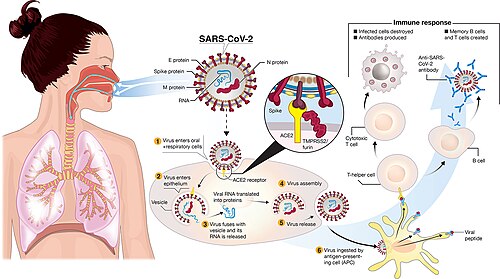
Hygiene practices:
- Frequent handwashing with soap and water, especially before eating and after using the bathroom
- Using alcohol-based hand sanitizers when soap and water are not available
- Covering your mouth and nose when coughing or sneezing
- Avoiding touching your face, especially your mouth, nose, and eyes
- Regularly cleaning and disinfecting frequently touched surfaces
Vaccination:
Staying up-to-date with recommended vaccinations can prevent many fever-causing infections, including:
- Influenza (flu shot)
- Pneumococcal disease
- Measles, mumps, and rubella (MMR)
- COVID-19
- Hepatitis A and B
Healthy lifestyle choices:
Maintaining overall health can strengthen your immune system and reduce susceptibility to infections:
- Eating a balanced diet rich in fruits, vegetables, and whole grains
- Getting regular exercise
- Ensuring adequate sleep
- Managing stress through relaxation techniques or mindfulness practices
- Avoiding excessive alcohol consumption and not smoking
Travel precautions:
When traveling, especially to areas with higher risks of certain infections:

- Research and obtain any recommended travel vaccinations
- Use insect repellent in areas with mosquito-borne diseases
- Drink only bottled or boiled water in regions with poor sanitation
- Be cautious with food choices, avoiding raw or undercooked meats and unwashed produce
Special Considerations: Fever in Specific Populations
While fever management principles are generally similar across populations, certain groups require special attention and modified approaches:
Infants and young children:
Fever in very young children can be more concerning due to their developing immune systems and inability to communicate symptoms effectively. Special considerations include:
- Using rectal thermometers for most accurate readings in infants
- Monitoring hydration status closely
- Avoiding overdressing or overbundling, which can elevate body temperature
- Being vigilant for signs of serious infections, such as meningitis
Pregnant women:
Fever during pregnancy can potentially affect fetal development, especially in the first trimester. Pregnant women with fever should:

- Consult their healthcare provider promptly
- Use acetaminophen as the preferred fever reducer (avoid ibuprofen and aspirin)
- Stay well-hydrated
- Monitor fetal movement and report any changes
Elderly individuals:
Older adults may have altered fever responses and are at higher risk for complications. Considerations for this population include:
- Being aware that fever may present atypically or be absent despite infection
- Monitoring for subtle changes in mental status or behavior
- Ensuring proper hydration, as elderly individuals are more prone to dehydration
- Taking into account potential drug interactions with fever-reducing medications
Immunocompromised individuals:
People with weakened immune systems, such as those undergoing chemotherapy or with HIV/AIDS, require special attention when experiencing fever:
- Seeking medical attention promptly, as fever can indicate serious infections
- Being aware of atypical presentations of common infections
- Following strict hygiene practices to prevent opportunistic infections
- Adhering to prescribed prophylactic medications
Fever Myths and Misconceptions: Separating Fact from Fiction
Numerous myths and misconceptions surround fever, often leading to unnecessary concern or inappropriate management. Let’s address some common misconceptions:

Myth: Fever is always harmful and must be treated aggressively
Fact: Fever is generally a beneficial immune response. Mild to moderate fevers don’t necessarily require treatment unless causing significant discomfort.
Myth: The height of a fever correlates directly with the severity of illness
Fact: While very high fevers can be concerning, the degree of fever doesn’t always indicate how serious the underlying condition is. Some minor illnesses can cause high fevers, while some severe infections may present with low-grade fevers.
Myth: Fever in children can lead to brain damage
Fact: Typical fevers (under 107°F or 41.7°C) do not cause brain damage. Febrile seizures, while frightening, generally don’t have long-term effects.
Myth: You should starve a fever and feed a cold
Fact: Proper nutrition and hydration are important for recovery from any illness, including those causing fever.
Myth: Taking a cold bath is the best way to reduce fever
Fact: Cold baths can cause shivering, which may increase body temperature. Lukewarm baths are more effective and comfortable.
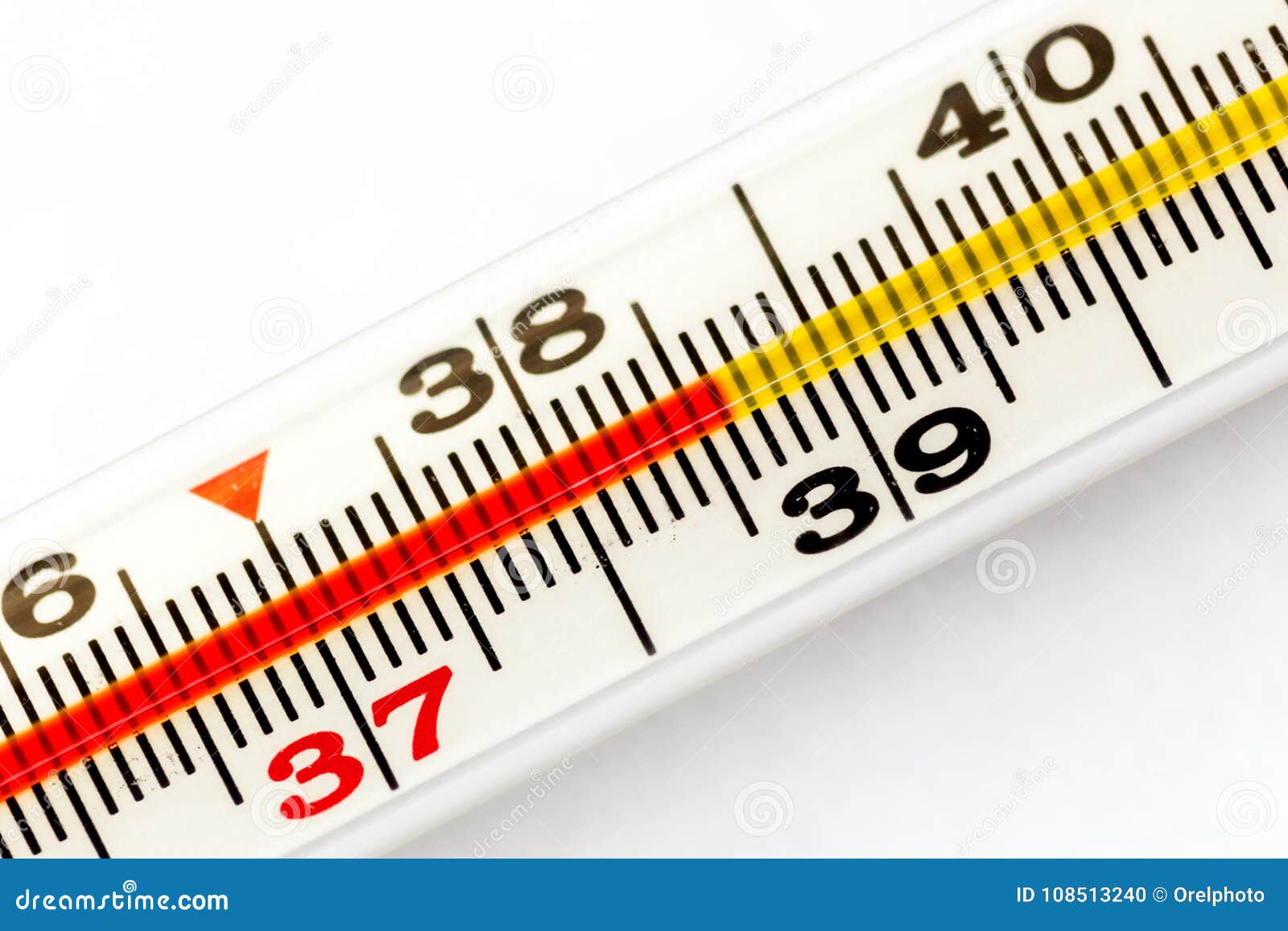
Myth: Bundling up to “sweat out” a fever is effective
Fact: Excessive bundling can actually increase body temperature and discomfort. Light, breathable clothing is preferable.
Understanding these facts can help individuals make more informed decisions about fever management and when to seek medical attention. Always consult with a healthcare professional for personalized advice, especially in cases of persistent or high-grade fevers.
High Temperature Causes and Treatments
Written by Rick Ansorge
- What Is a Fever?
- Fever Symptoms
- Fever Causes
- Fever Diagnosis
- Fever Treatments
A fever is a body temperature that’s higher than is considered normal. It’s also called a high temperature, hyperthermia, or pyrexia, and it’s usually a sign that your body is working to keep you healthy from an infection. Normal body temperatures are different for everyone, but they lie within the range of 97 to 99. A temperature of 100.4 or higher is considered a fever.
A part of your brain called the hypothalamus controls your body temperature. In response to an infection, illness, or some other cause, the hypothalamus may reset the body to a higher temperature. So when a fever comes on, it’s a sign that something is going on in your body.
Fevers themselves generally aren’t dangerous, but you should check in with your doctor if:
- An adult’s temperature is 103 or higher
- A very young infant (under 3 months) has a rectal temperature 100.
 4 or higher (call your doctor or go to an emergency room immediately)
4 or higher (call your doctor or go to an emergency room immediately) - A 3-6-month-old has a higher than normal rectal temperature and is also irritable or sleepy (call your doctor right away)
- A 3-6-month-old has a 102 or higher rectal temperature
- A 6-24-month-old has a fever higher than 102 for more than a day or with other symptoms such as a cough or diarrhea
- A child older than 2 has a fever that comes with rash, real discomfort, irritability, listlessness, headache, stiff neck, or repeated diarrhea or vomiting
- An infant or child has a seizure
- Any temperature over 104 in a child, which could cause a seizure
- Any fever that starts after someone has been in hot temperatures, which could be a sign of heat stroke
- The fever doesn’t go down after taking over-the-counter medications such as ibuprofen in the appropriate doses
- You’ve been in contact with someone who has COVID-19
Fevers are signs of some sort of illness or infection. When you have, you may also notice these symptoms:
When you have, you may also notice these symptoms:
- Chills or shivering
- Sweating
- Headache
- Feeling weak
- Being irritable
- Losing your appetite
- Being dehydrated
A fever can be a sign of several health conditions, which may or may not need medical treatment.
The most common causes of fever are infections such as colds and stomach bugs (gastroenteritis). Other causes include:
- Infections of the ear, lung, skin, throat, bladder, or kidney
- Heat exhaustion
- COVID-19
- Sunburn
- Conditions that cause inflammation, such as rheumatoid arthritis
- Side effects of medications
- Vaccines and immunizations
- Blood clots
- Autoimmune conditions such as lupus and inflammatory bowel disease (IBS)
- Cancer
- Hormone disorders such as hyperthyroidism
- Illegal drugs such as amphetamines and cocaine
- Teething in babies can cause a mild, low-grade fever (not over 101 degrees)
Although a fever is easy to measure with a thermometer, finding its cause can be hard. Besides a physical exam, your doctor will ask about symptoms and conditions, medications, and if you’ve recently traveled to areas with infections or have other infection risks. A malaria infection, for example, may cause a fever that typically comes back. Some areas of the U.S. are hot spots for infections such as Lyme disease and Rocky Mountain spotted fever.
Besides a physical exam, your doctor will ask about symptoms and conditions, medications, and if you’ve recently traveled to areas with infections or have other infection risks. A malaria infection, for example, may cause a fever that typically comes back. Some areas of the U.S. are hot spots for infections such as Lyme disease and Rocky Mountain spotted fever.
Your doctor may ask if you have been around someone with COVID-19 or have any other symptoms of COVID-19.
Sometimes, you may have a “fever of unknown origin.” In such cases, the cause could be an unusual or not obvious condition such as a chronic infection, a connective tissue disorder, cancer, or another problem.
Fever is usually associated with physical discomfort, and most people feel better when a fever is treated. But depending on your age, physical condition, and the underlying cause of your fever, you may or may not require medical treatment for the fever alone. Many experts believe that fever is a natural bodily defense against infection. There are also many non-infectious causes of fever.
There are also many non-infectious causes of fever.
Treatments vary depending on the cause of the fever. For example, antibiotics would be used for a bacterial infection such as strep throat.
The most common treatments for fever include over-the-counter drugs such as acetaminophen and nonsteroidal anti-inflammatory drugs such as ibuprofen and naproxen. Children and teens should not take aspirin because it’s linked to a condition called Reye’s syndrome.
Stay comfortable by:
- Drinking a lot of clear liquids such as water, broth, and juices or a rehydration drink.
- Taking a lukewarm bath.
- Resting.
- Keeping yourself cool with lightweight clothing and bed coverings.
Top Picks
High Temperature Causes and Treatments
Written by Rick Ansorge
- What Is a Fever?
- Fever Symptoms
- Fever Causes
- Fever Diagnosis
- Fever Treatments
A fever is a body temperature that’s higher than is considered normal. It’s also called a high temperature, hyperthermia, or pyrexia, and it’s usually a sign that your body is working to keep you healthy from an infection. Normal body temperatures are different for everyone, but they lie within the range of 97 to 99. A temperature of 100.4 or higher is considered a fever.
It’s also called a high temperature, hyperthermia, or pyrexia, and it’s usually a sign that your body is working to keep you healthy from an infection. Normal body temperatures are different for everyone, but they lie within the range of 97 to 99. A temperature of 100.4 or higher is considered a fever.
A part of your brain called the hypothalamus controls your body temperature. In response to an infection, illness, or some other cause, the hypothalamus may reset the body to a higher temperature. So when a fever comes on, it’s a sign that something is going on in your body.
Fevers themselves generally aren’t dangerous, but you should check in with your doctor if:
- An adult’s temperature is 103 or higher
- A very young infant (under 3 months) has a rectal temperature 100.4 or higher (call your doctor or go to an emergency room immediately)
- A 3-6-month-old has a higher than normal rectal temperature and is also irritable or sleepy (call your doctor right away)
- A 3-6-month-old has a 102 or higher rectal temperature
- A 6-24-month-old has a fever higher than 102 for more than a day or with other symptoms such as a cough or diarrhea
- A child older than 2 has a fever that comes with rash, real discomfort, irritability, listlessness, headache, stiff neck, or repeated diarrhea or vomiting
- An infant or child has a seizure
- Any temperature over 104 in a child, which could cause a seizure
- Any fever that starts after someone has been in hot temperatures, which could be a sign of heat stroke
- The fever doesn’t go down after taking over-the-counter medications such as ibuprofen in the appropriate doses
- You’ve been in contact with someone who has COVID-19
Fevers are signs of some sort of illness or infection. When you have, you may also notice these symptoms:
When you have, you may also notice these symptoms:
- Chills or shivering
- Sweating
- Headache
- Feeling weak
- Being irritable
- Losing your appetite
- Being dehydrated
A fever can be a sign of several health conditions, which may or may not need medical treatment.
The most common causes of fever are infections such as colds and stomach bugs (gastroenteritis). Other causes include:
- Infections of the ear, lung, skin, throat, bladder, or kidney
- Heat exhaustion
- COVID-19
- Sunburn
- Conditions that cause inflammation, such as rheumatoid arthritis
- Side effects of medications
- Vaccines and immunizations
- Blood clots
- Autoimmune conditions such as lupus and inflammatory bowel disease (IBS)
- Cancer
- Hormone disorders such as hyperthyroidism
- Illegal drugs such as amphetamines and cocaine
- Teething in babies can cause a mild, low-grade fever (not over 101 degrees)
Although a fever is easy to measure with a thermometer, finding its cause can be hard. Besides a physical exam, your doctor will ask about symptoms and conditions, medications, and if you’ve recently traveled to areas with infections or have other infection risks. A malaria infection, for example, may cause a fever that typically comes back. Some areas of the U.S. are hot spots for infections such as Lyme disease and Rocky Mountain spotted fever.
Besides a physical exam, your doctor will ask about symptoms and conditions, medications, and if you’ve recently traveled to areas with infections or have other infection risks. A malaria infection, for example, may cause a fever that typically comes back. Some areas of the U.S. are hot spots for infections such as Lyme disease and Rocky Mountain spotted fever.
Your doctor may ask if you have been around someone with COVID-19 or have any other symptoms of COVID-19.
Sometimes, you may have a “fever of unknown origin.” In such cases, the cause could be an unusual or not obvious condition such as a chronic infection, a connective tissue disorder, cancer, or another problem.
Fever is usually associated with physical discomfort, and most people feel better when a fever is treated. But depending on your age, physical condition, and the underlying cause of your fever, you may or may not require medical treatment for the fever alone. Many experts believe that fever is a natural bodily defense against infection. There are also many non-infectious causes of fever.
There are also many non-infectious causes of fever.
Treatments vary depending on the cause of the fever. For example, antibiotics would be used for a bacterial infection such as strep throat.
The most common treatments for fever include over-the-counter drugs such as acetaminophen and nonsteroidal anti-inflammatory drugs such as ibuprofen and naproxen. Children and teens should not take aspirin because it’s linked to a condition called Reye’s syndrome.
Stay comfortable by:
- Drinking a lot of clear liquids such as water, broth, and juices or a rehydration drink.
- Taking a lukewarm bath.
- Resting.
- Keeping yourself cool with lightweight clothing and bed coverings.
Top Picks
Where does the high temperature come from?
A high temperature is a sign that something is happening in our body.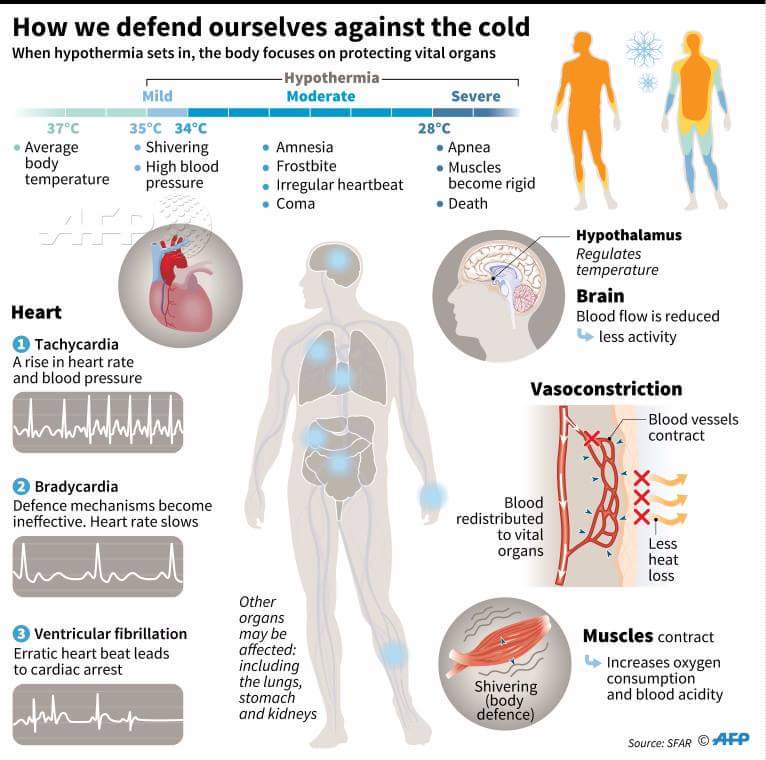 It is uncomfortable, but usually not a cause for serious concern until the thermometer reaches 38.9 ° C and above. In this article, we will look at why the temperature rises and in what cases it is necessary to seek medical help.
It is uncomfortable, but usually not a cause for serious concern until the thermometer reaches 38.9 ° C and above. In this article, we will look at why the temperature rises and in what cases it is necessary to seek medical help.
Normal body temperature depends on the person’s age, activity level and time of day. The average healthy temperature is 37°C, although studies show that the normal range is extended from 36.1°C to 37.2°C. An indicator of 38 ° C indicates the presence of an infection or disease in a person.
One of the most important parts of the brain is responsible for regulating body temperature – the hypothalamus, which acts as a thermoregulator. When everything is in order in our body, it maintains a normal temperature. If substances called pyrogens appear in the blood, the hypothalamus readjusts the temperature, raising it beyond the normal range.
Pyrogens are substances that cause fever. They can be produced inside the body (endogenous, or internal pyrogens), as well as penetrate into it from the outside (exogenous, or external). External pyrogens include toxins (poisons) that are produced by viruses or bacteria. Internal pyrogens are abnormal chemicals that are produced by the body itself. They are produced by cancer cells and special proteins that are released into the blood during a normal immune system response.
External pyrogens include toxins (poisons) that are produced by viruses or bacteria. Internal pyrogens are abnormal chemicals that are produced by the body itself. They are produced by cancer cells and special proteins that are released into the blood during a normal immune system response.
Most cases are caused by viral infections, especially those of the upper respiratory tract. Urinary tract infections are also among the most common causes. However, more severe infections – meningitis, pneumonia, osteomyelitis, septic arthritis – cannot be ruled out.
Non-infectious causes of fever include connective tissue diseases, allergies, thyrotoxicosis and malignant neoplasms. Sometimes the reason is hidden in the disruption of the body’s thermoregulation system. In this case, a very high temperature rises suddenly (up to 41.7 ° C), which can subsequently lead to life-threatening conditions: heat stroke, thyrotoxic crisis, neuroleptic malignant syndrome and malignant hyperthermia. In some cases, problems with thermoregulation lead to disruption of the central nervous system.
In some cases, problems with thermoregulation lead to disruption of the central nervous system.
In general, causes of high fever include:
- Infections: bacterial, viral or fungal. In most cases, the source is obvious, although sometimes a diagnosis is needed to detect diseases such as tuberculosis or infective endocarditis.
- Inflammations: phlebitis, thyroiditis, ulcerative colitis, Crohn’s disease, pancreatitis, sarcoidosis, pemphigus, severe or exfoliative dermatitis, bullous pemphigoid.
- Connective tissue diseases: rheumatoid arthritis, systemic lupus erythematosus, polyarteritis nodosa, polymyositis, dermatomyositis, giant cell arteritis.
- Malignancies: carcinoma (especially lung or kidney cancer), sarcomas, lymphoma.
- Endocrine and metabolic disorders: thyroid disease, gout, porphyria.
- Tissue damage: after surgery, rhabdomyolysis, hemolysis, traumatic toxicosis.
- Thromboembolic diseases, including pulmonary embolism and deep vein thrombosis.

- Blood diseases: aplastic anemia, agranulocytosis, leukemia.
- Allergy: allergic reactions, transfusion reactions, hemorrhagic vasculitis.
- Other causes including cirrhosis, cerebral hemorrhage, Kawasaki disease.
- Reaction to drugs: sulfonamides and other antibiotics, barbiturates.
How are the causes of high body temperature diagnosed?
If an obvious cause is found during the physical examination and review of the medical history (as in the case of SARS), no special diagnosis is required. This is what happens in most cases. If the exact cause is unclear, the doctor refers to:
- Complete blood count
If the patient has an elevated white blood cell count, this indicates an infection or inflammatory disease.
- Mono-test (or test for heterophilic bodies)
This test is ordered if infectious mononucleosis is suspected.
- Urinalysis
If a person has a urinary tract infection, a urine test will show this.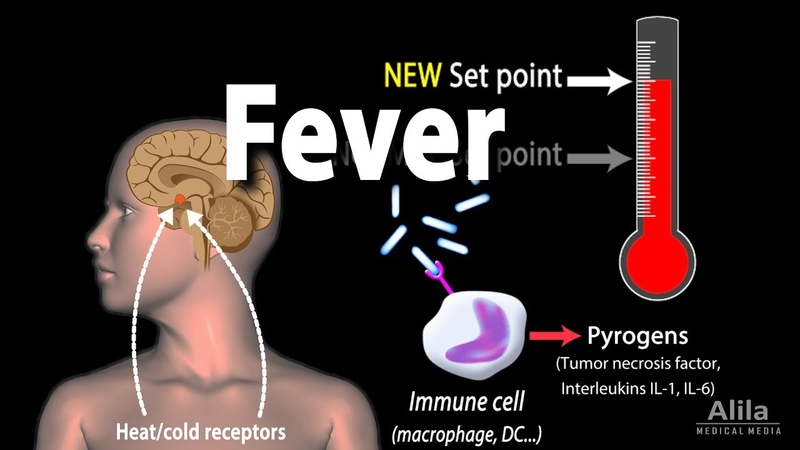
Depending on whether the patient suffers from concomitant symptoms (such as abdominal pain), additional examinations are sometimes ordered.
What should be done at a temperature?
Patients with temperatures up to 38.5°C rarely need to take tablets. Just drink plenty of fluids, refrain from alcohol and get plenty of rest. If the readings on the thermometer increase, you can take paracetamol or ibuprofen.
If a very high temperature rises to 40°C or higher and does not go down after taking an antipyretic, seek medical attention immediately. Also, the alarm should be sounded in case of the appearance of concomitant symptoms:
- Seizures,
- Loss of consciousness,
- Difficulty breathing,
- Stiff neck muscles,
- Severe pain in any area of the body, especially in the head, chest or abdomen,
- Swelling in the any part of the body,
- Clear or foul-smelling vaginal discharge,
- Pain during urination or foul-smelling urine.

A high temperature occurs for many reasons and is not necessarily a sign of a cold. To determine the exact reason why the numbers on the thermometer are outside the normal range, you need to contact a therapist. If you live in Kyiv, contact the Persomed clinic. The professionalism and experience of our doctors allows not only to get rid of the symptoms of the disease, but also to cure its root cause.
Sources:
- Body temperature norms, U.S. National Library of Medicine,
- Fever, Harvard Medical School,
- Fever and Night Sweats, Patient.info,
- Fever, Mayo Clinic,
- Fever, Cleveland Clinic.
high temperature
therapist
Fever
Body temperature is an indicator of our health. During the day, it can fluctuate from 1 to 2 degrees. A temperature of 36.6 degrees is considered normal. During physical activity or during stressful situations, it can rise to 37 degrees. However, most often the cause of an increase in body temperature is various diseases. How to measure body temperature correctly To get the correct temperature readings, the person must be in a calm state during the measurement, do not take a hot bath or drink hot drinks.
However, most often the cause of an increase in body temperature is various diseases. How to measure body temperature correctly To get the correct temperature readings, the person must be in a calm state during the measurement, do not take a hot bath or drink hot drinks.
Body temperature is measured with thermometers (mercury, electronic). The thermometer is placed under the arm and a certain amount of time is waited – up to five minutes. Some models of thermometers need to be inserted into the ear or mouth.
Subfebrile temperature (up to 38°C)
- Undress the child.
- Wipe with a damp cloth (slightly above room temperature).
- Do not use antipyretics.
Febrile temperature (above 38°C)
- Provide peace, put to bed.
- Drink plenty of sweet tea, fruit drink.
- Warm the child when chilly (warm blanket, hot tea).
- Give antipyretics.
- At a temperature of 39.5-40°C, the child should not be wrapped.

- If the temperature is above 40.4°C, call for emergency help and give an antipyretic.
Specialist’s comment (pediatrician, candidate of medical sciences Gavrilova T.A.)
The normal temperature is not 36.6°C, as is often believed, but 36.0-37.0°C, in the evening it is slightly higher than in the morning. Body temperature rises with many diseases. The benefits of elevated temperature are a signal of illness, a way to fight pathogens (many bacteria and viruses stop multiplying at temperatures above 37-38 ° C), this is a stimulus for the immune response, since a number of protective factors (including interferon) are released only at temperatures above 38°C.
By lowering the fever, we do not affect the cause of the disease, but we can improve the child’s well-being.
Subfebrile temperature (up to 38°C) may appear with overheating, with a viral or bacterial infection. Taking antipyretics in such cases is not worth it if the child’s well-being does not suffer.
At “febrile” temperature (above 38°C) there is vasoconstriction, increased muscle contractions (hence – chills, tremors), in young children – convulsions (the so-called “febrile” convulsions).
When the temperature rises to 39.5-40.0°C, the skin vessels dilate (the skin turns red), such a child should not be wrapped up.
Fever is dangerous with spasm of skin vessels – this is malignant hyperthermia.
Symptoms:
- temperature above 40.4°C;
- variegated, “marbled” coloration of the skin;
- limbs cold to the touch;
It is necessary to call an emergency and be sure to give an antipyretic, preferably in a solution inside.
Antipyretics
Children should be given antipyretics at temperatures above 38.0°C, but if the child does not tolerate high temperatures, is anxious, cries, or has seizures at elevated temperatures, antipyretics are given at temperatures above 37.5°C . After giving an antipyretic, you can not calm down: be sure to consult a doctor (for recovery, you will need to take other drugs).

 4 or higher (call your doctor or go to an emergency room immediately)
4 or higher (call your doctor or go to an emergency room immediately)

